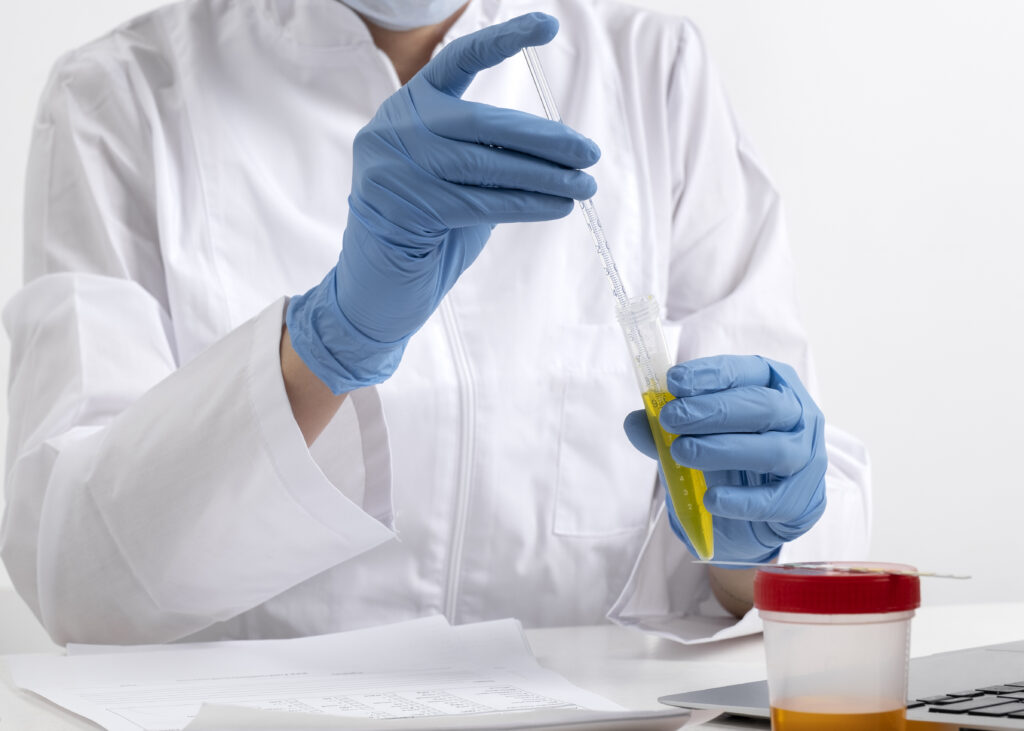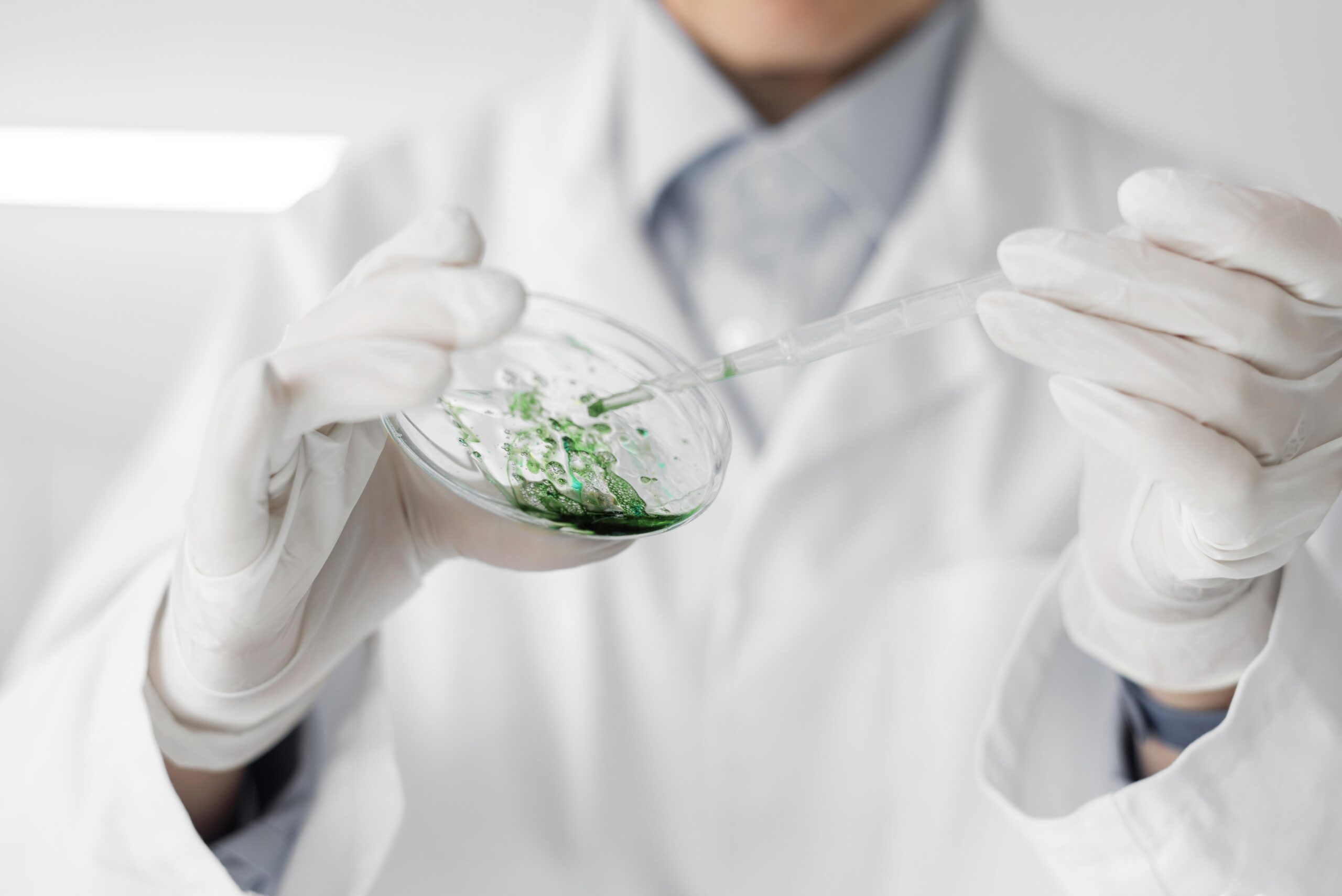Food quality and safety are critical in today's environment. For both customers and the food industry, it is vital to guarantee that the food we eat is nutritious, free of dangerous toxins, and properly labeled. This is where food testing procedures come into play. These processes are crucial for confirming that food items adhere to legal and safety criteria. We will examine the various food testing methods, their significance, and how they are carried out in food testing labs in this thorough overview.
Introduction to Food Testing Procedures
Food testing procedures encompass a wide range of techniques used to assess the safety, quality, and authenticity of food products. These processes are essential for locating possible risks including adulteration, allergies, chemical residues, and microbiological contamination. Food testing labs guarantee that food items are safe for consumption and fulfill the regulatory criteria set by authorities like the FDA, USDA, and EFSA by using strict testing procedures.
The Importance of Food Testing
The need for food testing procedures cannot be emphasized enough. These processes fulfill several vital purposes:
1. Keeping Food Safe: recognizing the dangerous microbes, poisons, and pollutants that can lead to foodborne infections.Adhering to the strict guidelines established by food safety regulators to stay out of legal hot water.
2. Preserving the Public's Health: preventing foodborne illness outbreaks and making sure that no hazardous materials are exposed to customers.
3. Sustaining Brand Reputation: To establish and preserve consumer trust, food goods must be high-quality and safe.
4. Nutritional Labeling: Ensuring that food labels appropriately reflect the nutritional composition of the items.
Key Food Testing Procedures
1. Microbiological Testing
Testing for microbes is a crucial component of food safety protocols. It entails finding and counting microorganisms, including molds, bacteria, viruses, and yeasts. Typical testing for microbiology include:
Total Plate Count (TPC): Determines how many live bacteria are present in a sample overall.
Pathogen detection is the process of identifying particular organisms that can cause foodborne illnesses, such as Salmonella, E. coli, and Listeria.
Yeast and Mold Count: Identifies the amount and presence of these potentially harmful microorganisms that can contaminate food and pose health hazards.
2. Chemical Testing
Finding and measuring chemical residues, pollutants, and additives in food products is the main goal of chemical testing. Important techniques for chemical testing comprise:
Testing for pesticide residues in fruits, vegetables, and other agricultural goods involves locating and quantifying such residues.
Heavy Metal Testing: Finds harmful metals in food and water, including arsenic, cadmium, mercury, and lead.
Mycotoxin testing: detects the mycotoxins that some molds create, which can taint crops and food items.
3. Allergen Testing
Allergen testing is vital for ensuring that food products are safe for individuals with food allergies. This procedure involves detecting the presence of common allergens such as peanuts, tree nuts, milk, eggs, soy, wheat, fish, and shellfish.

4. Nutritional Analysis
A critical component of food testing procedures is nutritional analysis. It entails figuring out how much macronutrients (proteins, fats, and carbs) and micronutrients (vitamins and minerals) are present in dietary items. This data supports consumers in making educated dietary decisions and is necessary for correct labeling.
5. Adulteration Testing
The purpose of adulteration testing is to find out whether food products contain illegal chemicals or substances. This is crucial to avoid fraud and guarantee the legitimacy of the goods. Typical exams consist of:
Authenticity testing: Confirms the provenance and ingredients of food items, such as making sure extra virgin olive oil is extra virgin.
Additive testing : looks for unapproved preservatives or additions in food items.
6.Sensory Analysis
Sensory analysis involves evaluating the sensory attributes of food products, including taste, smell, texture, and appearance. This type of testing is often conducted by trained sensory panels and helps manufacturers ensure that their products meet consumer expectations.
The Role of Food Testing Labs
The use of food testing labs is essential to the execution of food testing protocols. To ensure food safety and quality, these labs are manned by qualified people and outfitted with cutting-edge equipment. They conduct stringent testing. The following steps are usually involved in the process:
1. Sample Gathering: Manufacturing lines, warehouses, and retail locations are the places where food samples are gathered.
2. Sample Preparation: To guarantee accurate testing, samples are prepared by established methods.
3. Testing: Depending on the precise food testing methods being used, samples go through a variety of tests.
4. Analysis: To ascertain the existence and concentrations of pollutants, nutrients, and other elements, test results are examined.
5. Reporting: The outcomes are combined into documents that offer comprehensive details regarding the security and caliber of the food products
Advanced Technologies in Food Testing
Technological developments have greatly improved the precision and effectiveness of food testing methods. Modern technology employed in food testing laboratories include some of the following:
1. Polymerase Chain Reaction (PCR): A molecular method called polymerase chain reaction (PCR) is used to quickly identify infections and genetically modified organisms (GMOs) in food goods.
2. Enzyme-Linked Immunosorbent Assay (ELISA): A biochemical method called the Enzyme-Linked Immunosorbent Assay (ELISA) is used to find mycotoxins and allergens in food samples.
3. Chromatography: Methods for separating, identifying, and quantifying chemical components in food items include liquid chromatography (LC) and gas chromatography (GC).
4. Mass spectrometry: When used in conjunction with chromatography, mass spectrometry offers extremely precise contamination and residue identification and quantification.
5. Next-Generation Sequencing (NGS): An effective method for identifying microbial populations and finding infections that are foodborne by analyzing their DNA.
Challenges in Food Testing
Food testing techniques encounter several problems, even with the implementation of strict regulatory frameworks and technological developments.
1. Complex Supply Chains: As a result of globalization, food goods now have more complicated supply chains, which makes it difficult to verify their safety and trace their origin.
2. Emerging pollutants: As foodborne pathogens and new pollutants continue to surface, testing protocols and technology must be updated regularly.
3. Resource constraints: There is a chance that small and medium-sized businesses (SMEs) won't have the funds necessary to do thorough food testing, which could endanger food safety.
4. Regulatory Compliance: For food makers, staying on top of the constantly changing regulatory environment and guaranteeing compliance can be a difficult undertaking.
Conclusion
To sum up, food testing procedure are an essential part of the framework for ensuring food safety and quality. Food testing laboratories guarantee the safety, nutritional value, and authenticity of food products through the use of a variety of microbiological, chemical, allergy, and sensory tests. It is impossible to overestimate how crucial these processes are for maintaining consumer trust, ensuring regulatory compliance, and safeguarding public health. The future of food testing practices seems very promising as technology develops further, providing fresh opportunities to improve the security and caliber of our food supply.

